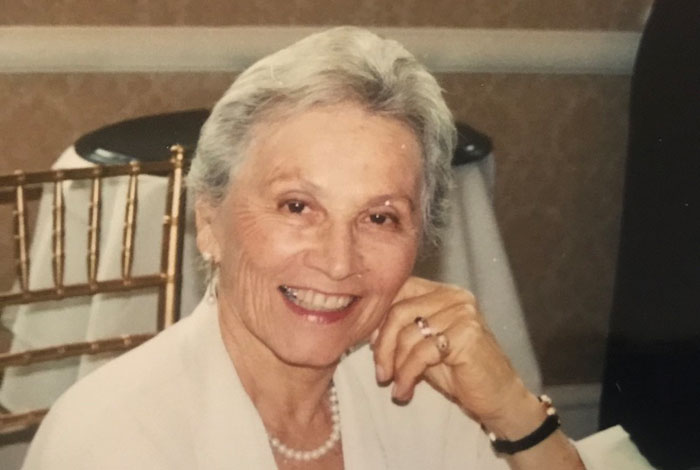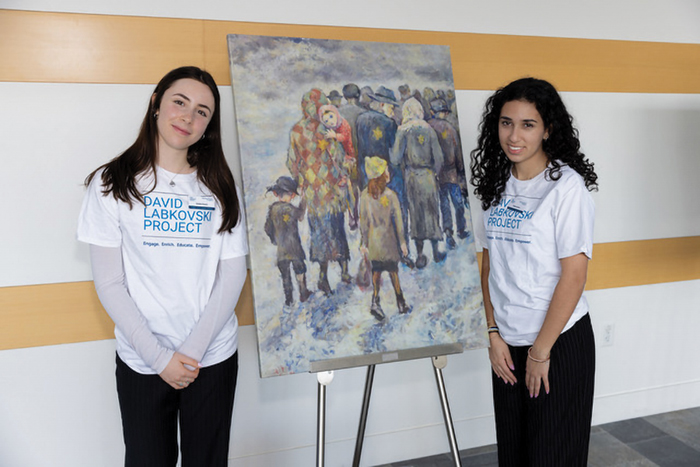The footage was positively golden, and Dale Bell was savvy enough to recognize both its emotional — and purse-string — potential.
Mildred Adams, a nearly catatonic woman, was brought to a Tupelo, Miss., Green House senior care facility. Within an hour of being checked in to her new home, she was sitting at the dining table, taking the fork from her son, feeding herself and singing. The warmer, homier environment made all the difference. In the nursing home where she had previously lived, Adams had not fed herself or engaged in any activities, and she had barely spoken for more than four months.
Bell, the Santa Monica-based filmmaker who shot that footage in 2003 and who is a longtime advocate for improving eldercare, knew he had something special. He assembled the segment into a 25-minute clip and gave it to Dr. Bill Thomas, a New York geriatrician who was working to expand the progressive Green House model, which offers smaller, home-like environments as an alternative to nursing homes. Bell’s film was a key element in its success.
“That moment, and everything around it, was so powerful that it helped Bill trigger a $10 million grant from the Robert Wood Johnson Foundation,” Bell said.
The effects of that moment continue to reverberate, now on an even larger scale. Those 25 minutes are part of a new documentary, “Homes on the Range: The New Pioneers.” Bell, who directed the film and produced it through his Media Policy Center (MPC), is marketing the film to public television stations across the country. The goal is to have it air multiple times throughout the first quarter of 2015, including in May, which is Older Americans Month.
The thematic terrain was not new for MPC. Bell and Harry Wiland, co-CEOs and co-founders of the nonprofit organization, previously made the 2002 PBS documentary “And Thou Shalt Honor,” about the challenges of caregiving.
“Within the Jewish tradition, children care for their parents,” Wiland said. “We are looking at a future where this country is aging, and you can’t look away from that issue. How can we make caregiving more humane? That’s what Dale’s film is about.”
“Homes on the Range” charts the efforts in Sheridan, Wyo., by the late Rev. Ray Clark, then-chairman of the Sheridan Senior Center; the center’s executive director, Carmen Rideout; and the community in general to become the first city in the United States to create a Green House from the ground up. From the facility’s conception to its 2013 opening, the endeavor took 12 years, and Bell followed the entire journey. (He noted that the 2014 Oscar best-picture nominee “Boyhood” was also “12 years in the making.”)
“I made a promise at the time that I would follow their journey with my camera, wherever it led,” Bell said. “I think that the threat of my camera — or maybe it was the support of my camera — was one of those many motivators. They wanted to change. There was no question.”
Through the film, Thomas and other caregiving advocates contend that many skilled-nursing facilities across the United States are little more than places for seniors to be warehoused before they die. Nearly catatonic men and women share rooms with strangers, enjoy little privacy and receive insufficient attention, except when they are directed to the next activity: time to eat, time for your pills.
The Green House model works differently, proponents say. Staff members are dressed informally. Residents are made to feel more like they are in their own home and can participate in tasks — such as cooking meals or gardening — as much or as little as they choose.
“They can enjoy the sense and the hope and the dignity of being considered the human being that they once were,” Dr. Seymour Thickman, a physician featured in the film who regularly checks in on the residents of the Sheridan Green House, explained to the Journal. “They don’t feel warehoused, which is a common result of nursing home care.”
A resident of Sheridan for more than 60 years and one of the few Jews in this community of 17,000, Thickman has been talking with the local Department of Veterans Affairs to try to get that organization to consider Green House services for veteran care. Just as importantly, he said, communities across the nation should see “Homes on the Range” and realize that creating a similar model in their own community is possible.
“There’s a whole new and appropriate philosophy for the end of life,” said Thickman, 91. “We have an acceptable and feasible way of providing this kind of care. It is possible, and it may not be wishing on a star.”
Bell had a personal connection to the subject of aging and caregiving, as well as to the region. As a young man from the East Coast, he elected to spend a summer working on a ranch in Sheridan. During that summer, Bell was the driver in an automobile accident in which he and three passengers were injured. He said he still feels guilt over the accident. Many years later, Bell served as caregiver to his mother. Toward the end of her life, Bell’s mother offered a suggestion.
“She held on to me, shook my arm, and she said, ‘You’re the filmmaker. One of these days, you’re going to do something with this caregiving thing like you are doing for me,’ ” Bell said. “Of course that was years earlier, and I had no idea what she meant.”
After devoting a dozen years and sinking his own money into what would become a hugely personal project, Bell takes pride in witnessing the course that “Homes on the Range” is taking.
“I don’t think I have ever made a film as powerful as that first 25-minute Green House film,” Bell said. “In Sheridan, there are 70 people working on a hill, and 48 people being cared for in a way that cannot be imitated. … People see that film and they start writing checks.”





















 More news and opinions than at a Shabbat dinner, right in your inbox.
More news and opinions than at a Shabbat dinner, right in your inbox.